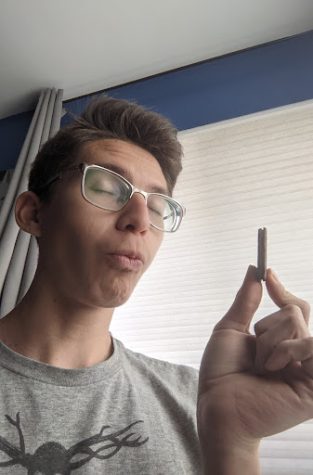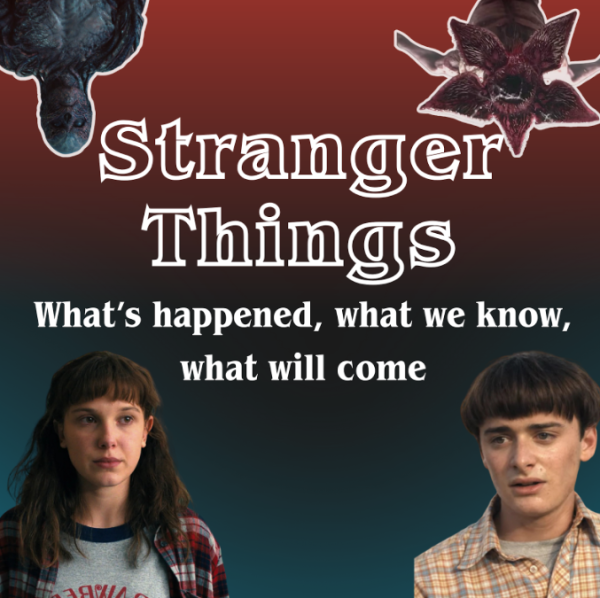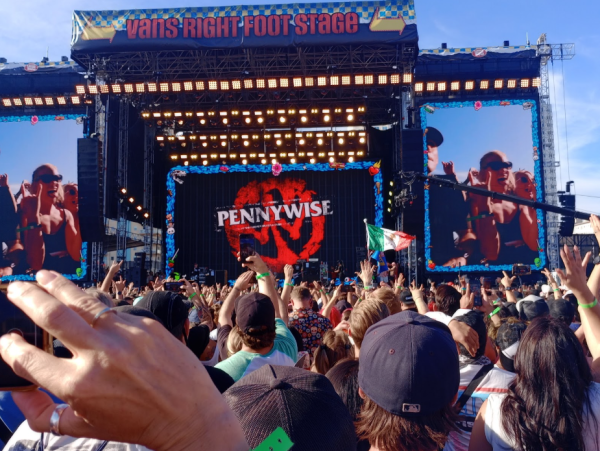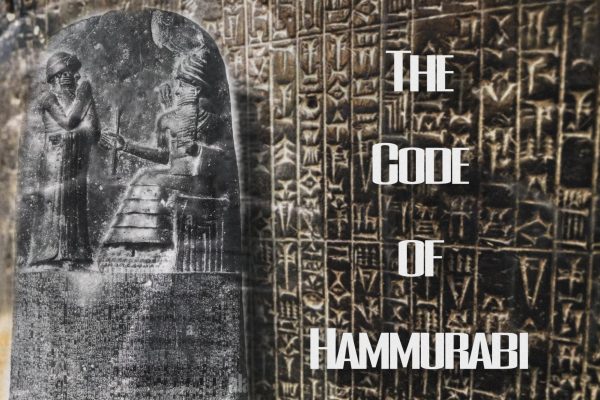Joe Hisaishi: The Musical genius Behind Studio Ghibli
Hayao Miyazaki, one of Studio Ghibli’s founders, has worked with Joe Hisaishi for around 10 of his major films. Hisaishi’s music perfectly adds to the spectacular vision of Miyazaki’s films. The two are inseparable.
Hisaishi started with a solo career heavily influenced by electronic music popular in Japan around the ‘70s. He worked with synthesizers, inspired by artists like the Yellow Magic Orchestra. He released his first album in 1981, which led to his first film project with Hayao Miyazaki on Nausicaä of the Valley of the Wind in 1984.
His music in Nausicaä of the Valley of the Wind and later Castle in the Sky are very similar. They both incorporate grand orchestral displays and call back to Hisaishi’s earlier career through synthesizers. Both compositions significantly add to the nostalgic feel of both films.
In 1988, he composed music for the film My Neighbor Totoro. Like the previous two films, Hisaishi utilized synths to create a grandiosity that contrasts with the film. His pieces in this film were centered around the characters’ whimsical childhood, differing from the extreme and action-packed movies beforehand.
When working on Kiki’s Delivery Service, Hisaishi displayed his range as a composer. He focused more on subtle works that were oriented towards the string family of instruments, one, in particular, being “Osono’s Request.” He drew influences from European music to add to the setting of the film. Similarly, Porco Rosso, set in Italy, drew from similar influences. It focuses on the sad and romantic feelings expressed throughout the film.
In 1997, he worked on Princess Mononoke, one of Miyazaki’s most influential and popular films. Like the film, it is meditative but gradually ignites into a mighty battle. The sweeping score is an integral part of the movie because it complements the themes of war and hatred. The booming brass and soaring violins create an epic feeling perfectly descriptive of action. It looms and lingers, utilizing beating drums and frantic violins to emphasize power. None of his other works come close to capturing this feeling of peril.
The score for Spirited Away is genuinely unique. It balances feelings of melancholy, peril, and thoughtfulness, all while remaining consistent. Hisaishi completely pulls us into a high-intensity situation with the booming orchestra in “The Dragon Boy/The Bottomless Pit” but takes a complete one-eighty and allows the audience to relax and meditate on the plot through “The Name of Life” and “The Sixth Station.” It is impossible to think of Spirited Away without considering its powerful music.
Joe Hisaishi is a master of music, seamlessly integrating different types of music into Miyazaki’s films without detracting from the experience. His discography speaks for itself.

Hi there! My name is Diego Caceres, and I’m the Editor-in-Chief for The Ubiquity, which means I edit articles and approve everything posted on the website....





